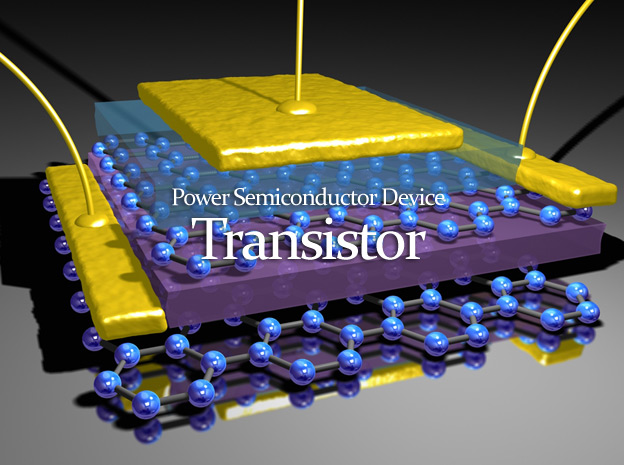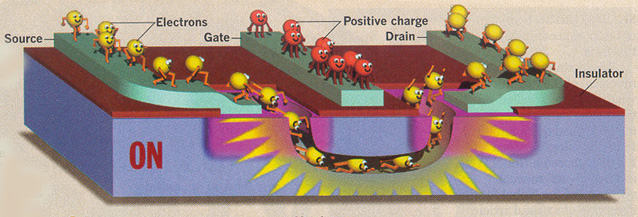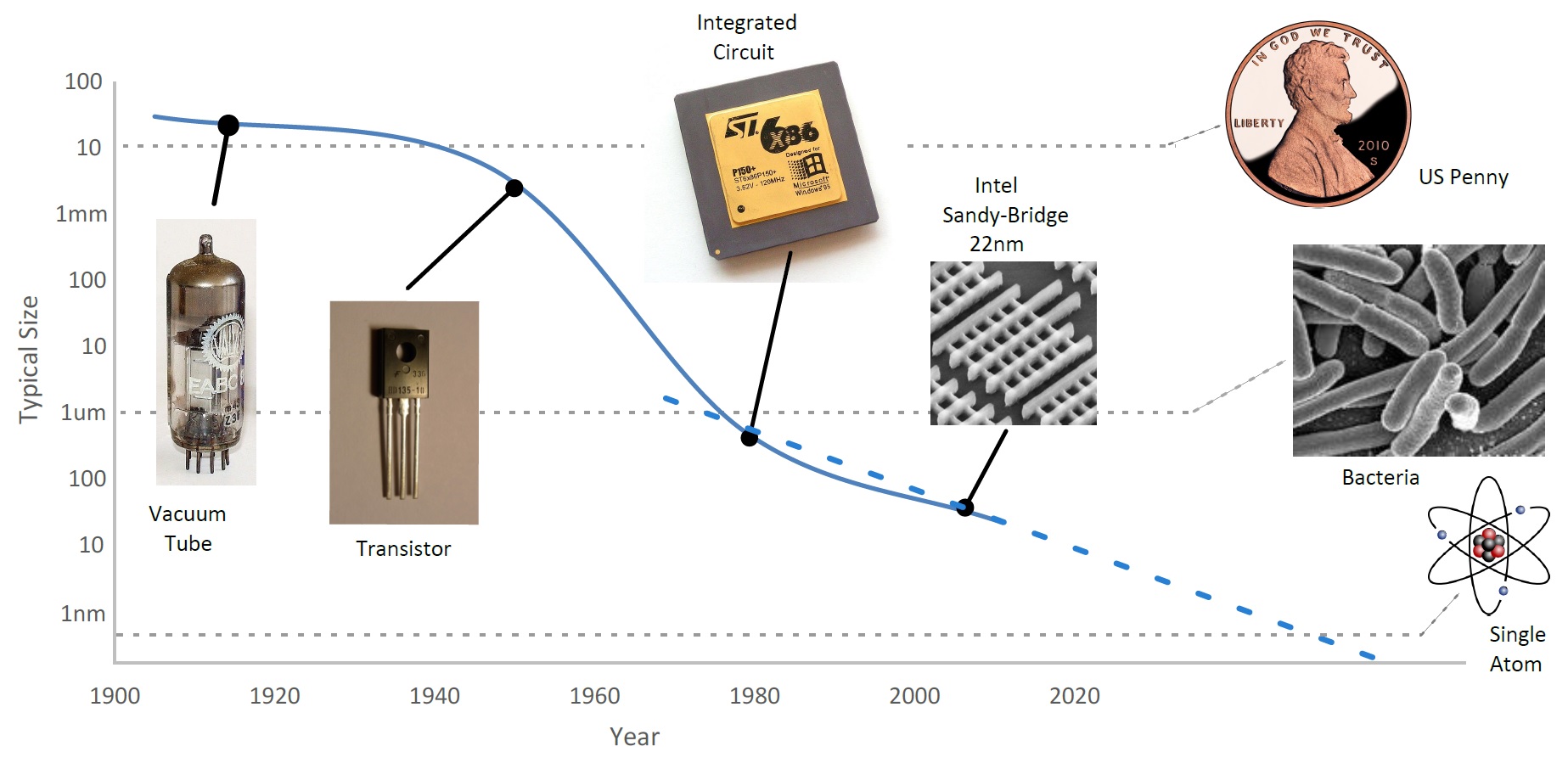Meeting Time and Place:
Tuesdays 12:30-15:30
online via Zoom
Office Hours: only by
e-mail to cilesiz[at]itu.edu.tr or inci.cilesiz [at] utexas.edu
Assistant: Berk As
|
EHB 222E Introduction
to Electronics (CRN: 11129)
Grading: Midterm Exams 2x 20%, Pop
Quizzes 4x
5%, Final Exam 40%
|
Midterm Exams:
|
1 and 29
December 2020 via Zoom+Ninova+Moodle(AYVA)
|
|
Pop Quizzes
|
Tentatively
after each module via Zoom+Ninova+Moodle(AYVA)
|
|
Prerequisites for taking the final exam:
|
Attendance ≥ 70% AND both MT exams
should be taken, with a minimum BEFORE-THE-FINAL-MIDTERM EXAM AVERAGE of
25/100... (the sum of your
grades from MT exams should be 50/200 or more; i.e. {MT1+MT2} ≥
50)
|
|
Final Exam:
|
Tentatively 1
February 2021 15:00-17:30 via Zoom+Ninova+Moodle(AYVA)
|
I created a Ninova page for your section.
You can access it using your ITU student account and password.
* * * Each hour of a Zoom class requires
about 1 GB of internet!!! Be prepared
* * *
If you have any questions during lectures, use chat window and your
microphone.
You can find solved midterm exam problems of ELE/EHB 222E of the past MANY
years under https://ninova.itu.edu.tr/Sinif/3769.55609/DersDosyalari
All exams will be
open book AND you are required to report all resources that you used to solve
problems. Refrain from using chegg.com or any other online solving site. Any such activity will be severely
penalized.
|
|
Course Description:
(IN MODULES)
|
· Semi-conductor
basics: concepts and semi-conductor components.
·
Semiconductor diode; physical
structure, terminal characteristics, analysis of diode circuits.
·
Bipolar junction transistor (BJT);
physical structure and operating modes, BJT as a switch; DC biasing, BJT as an
amplifier, small-signal model, basic amplifier circuits.
·
MOSFET; structure and operating
modes, MOSFET as a switch, MOSFET amplifiers.
· Operational
amplifiers; concepts and application examples.
|
|
Önemli Kurallar/Important Rules:

|
Sınavlarda hesapladığınız akım ve gerilimlerin
yönlerini çözüm kağıdı üzerinde belirtiniz. Kağıdınızı okuyan kişi sınav sırasında
aklınızdan geçen herşeyi kestirebilecek güçte olmadığı için, anlayamadığı hesaplara not veremez.
Hesap yaparken birim uyumuna dikkat ediniz ve sonuçları yazarken birimleri unutmayınız.
Please indicate all current directions and voltage polarities on your
solution sheets. No one can evaluate what went in your brain without any
hint! Thus you may not get any points for solutions
with missing steps in calculations.
Be aware of all the UNITS and do not mix them. Also
always indicate the units in your solution. You will be penalized for missing
units.

|
|
Textbooks:

|
Unfortunately Semiconductor
Electronics is not well covered in both of these books above. Thus
are recommended.
Have a look at online
library resources such as Knovel E-Kitap
and CRC ENGnetBASE.
|
|
Course Plan

|
|
Weeks
|
Topics
- tentative, order may change
|
|
1
|
Introduction,
overview of topics, overview of basic knowledge required for this course
|
|
2
|
Atomic
models, crystal structure, semiconductor physics, doping, current flow
mechanisms, Continuity Equation
|
|
3
|
pn junction,
currents in unbiased pn junction, formation of
depletion layer, carrier density diagrams, derivation of potential barrier
and depletion layer thickness, and Semiconductor Diode Equation.
|
|
4
|
Types
of diodes, Zener effect, Zener
diodes, diode capacities, sample circuits constructed with diodes
|
|
5
|
Transistor
physics, physical characteristics of BJT, biasing conditions, current
components, transistor parameters
|
|
6
|
BJT
as a switch and biasing for analog applications
|
|
7
|
Midterm
Exam 1
|
|
8
|
Transistor
amplifier circuits: equivalent AC circuits, small signal analysis
|
|
9
|
Transistor
amplifier circuits: gain and input/output resistance calculations, cascade
amplifier circuits
|
|
10
|
Differential
amplifier circuits: configurations, gain and input/output resistance and
CMRR calculations
|
|
11
|
Midterm
Exam 2
|
|
12
|
MOSFET,
physical characteristics. MOS as a switch and biasing for analog
applications
|
|
13
|
Transistor
amplifier circuits: MOS amplifiers
|
|
14
|
Operational
Amplifiers (OPAMP) and applications
|
|
|
|
|
|


